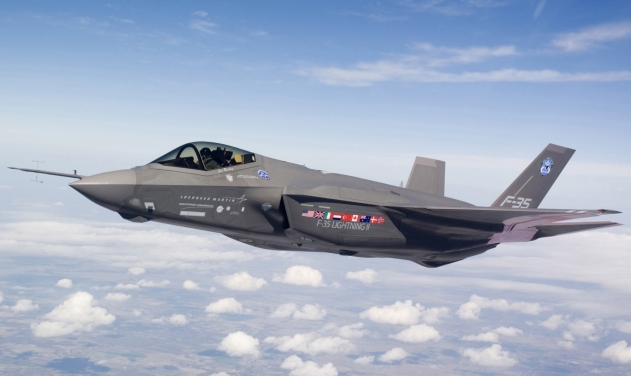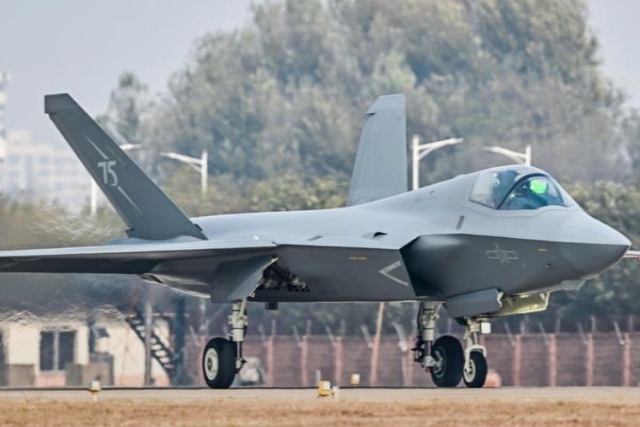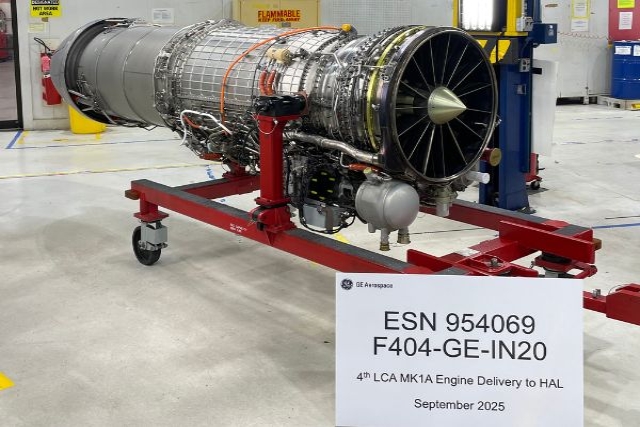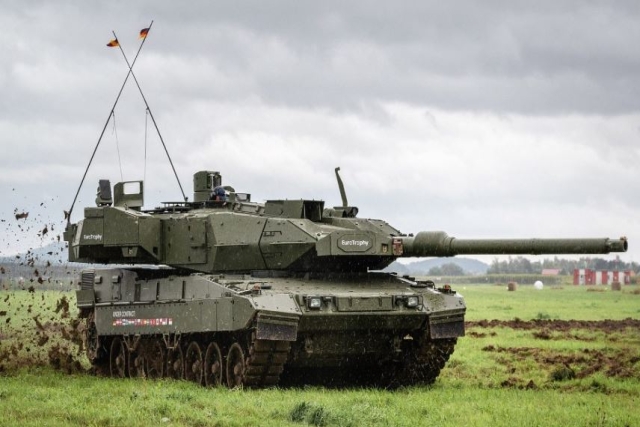Lockheed Martin's MUOS Satellite Terminals To Connect Beyond Line-Of-Sight
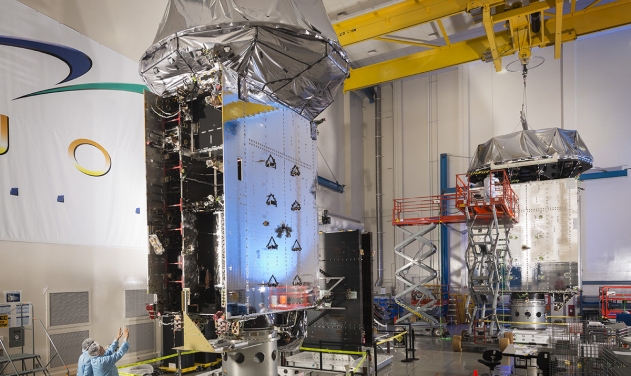
Lockheed Martin's fifth Mobile User Objective System (MUOS) satellite will support US Naval troops with ultra high frequency communications.
The MUOS-5 satellite has completed Global Military Cellular Network as spare for next-generation capabilities. It is the latest edition to a network of orbiting satellites and relay ground stations that provides communications for mobile forces, the company announced Monday.
Users with new MUOS terminals will be able to seamlessly connect beyond line-of-sight around the world and into the Global Information Grid, as well as into the Defense Switched Network.
MUOS' capabilities include simultaneous, crystal-clear voice, video and mission data over a secure high-speed Internet Protocol-based system.
More than 55,000 currently fielded radio terminals can be upgraded to be MUOS-compatible, with many of them requiring just a software upgrade.
Once fully operational, MUOS will provide users with more than 10 times the communications capacity of the system it will replace.
The network provides near-global coverage, including communications into polar regions. MUOS also has demonstrated communication of Integrated Broadcast Service (IBS) messages to in-flight test aircraft.
The US Navy configured one of MUOS-5's two communications payloads , Ultra High Frequency (UHF) to provide additional support for the Navy’s UHF satellite communications mission.
Today, narrowband UHF communications is used by every Combatant Command in aircraft, ships, submarines, ground vehicles, as well as by troops in the field and special operations.
Eventually, narrowband UHF communications will transition to next generation Wideband Code Division Multiple Access (WCDMA) capabilities provided by MUOS. To facilitate that transition, MUOS was intentionally designed with two communications payloads.
"Each MUOS satellite can simultaneously support both new WCDMA waveform capabilities and UHF satellite communications," explained Mark Woempner, director of Narrowband Communications Systems at Lockheed Martin.
"With MUOS 1-4 already on orbit providing near global WCDMA coverage, MUOS-5 will actively support legacy UHF communications and serve as an on-orbit WCDMA spare." Woempner added.

